The Science of Human Cognitive Styles in Dance Choreography
Introduction
The science of human cognitive styles in dance choreography is a multidisciplinary field that combines elements of cognitive psychology, neuroscience, and dance studies. It investigates how different cognitive styles influence the process of creating, learning, and performing dance choreography. This article delves into the theoretical underpinnings, research findings, and practical applications of this fascinating intersection of science and art.
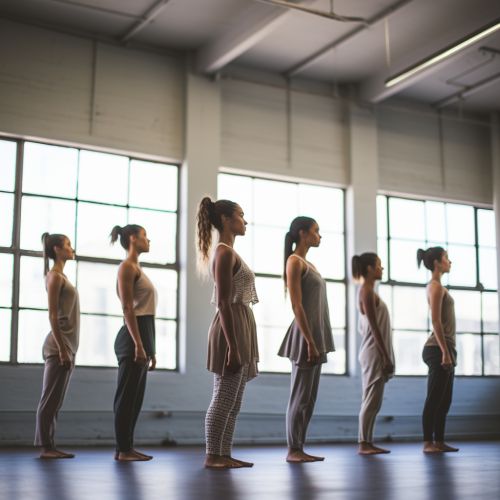
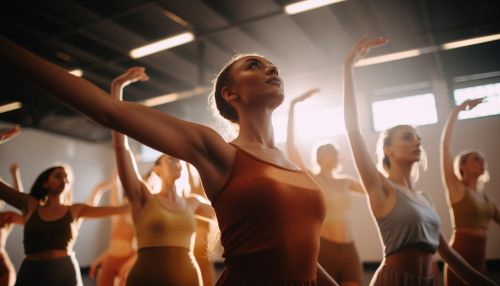
Cognitive Styles and Dance
Cognitive styles refer to the preferred way an individual processes information. These styles can significantly affect how a choreographer conceives a dance piece, how dancers learn the choreography, and how audiences perceive the performance. The most commonly studied cognitive styles in relation to dance choreography include field dependence-independence, reflectivity-impulsivity, and holistic-analytic styles.
Field Dependence-Independence
Field dependence-independence is a cognitive style that describes the extent to which an individual's perception is influenced by the surrounding context. Field-dependent individuals tend to perceive objects as part of a whole, while field-independent individuals are more likely to focus on individual components. In dance choreography, field-dependent choreographers may create pieces that emphasize the overall shape and flow of the dance, while field-independent choreographers may focus more on individual movements and steps.


Reflectivity-Impulsivity
Reflectivity-impulsivity is a cognitive style that pertains to the speed and accuracy of information processing. Reflective individuals tend to take more time to process information but make fewer mistakes, while impulsive individuals process information quickly but are more prone to errors. In the context of dance choreography, reflective choreographers may spend more time perfecting each movement, while impulsive choreographers may prioritize the overall energy and momentum of the dance.
Holistic-Analytic
Holistic-analytic cognitive style refers to whether an individual tends to process information as a whole (holistic) or in a detailed, step-by-step manner (analytic). Holistic choreographers may conceive a dance piece as a complete entity and work from the general to the specific, while analytic choreographers may build a dance piece step by step, focusing on the details before considering the whole.
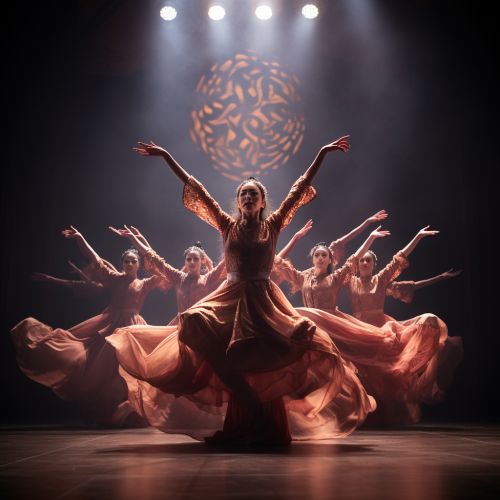
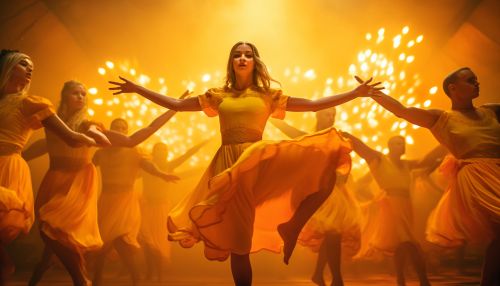
Research on Cognitive Styles in Dance Choreography
Empirical research on cognitive styles in dance choreography is a relatively new field, with most studies conducted in the last few decades. These studies typically involve observing and interviewing choreographers and dancers, analyzing dance pieces, and conducting experiments to test specific hypotheses.
Observational Studies
Observational studies involve researchers watching choreographers and dancers during the choreographic process. These studies can provide valuable insights into the ways different cognitive styles manifest in dance creation and performance. For example, a study might observe how a field-independent choreographer structures a rehearsal compared to a field-dependent choreographer.
Interview Studies
Interview studies involve researchers asking choreographers and dancers about their creative process, learning strategies, and perceptions of their own and others' performances. These studies can reveal how individuals with different cognitive styles perceive and articulate their experiences in dance. For example, an analytic choreographer might describe their process in terms of breaking down movements into their component parts, while a holistic choreographer might talk about the overall shape and feel of the dance.
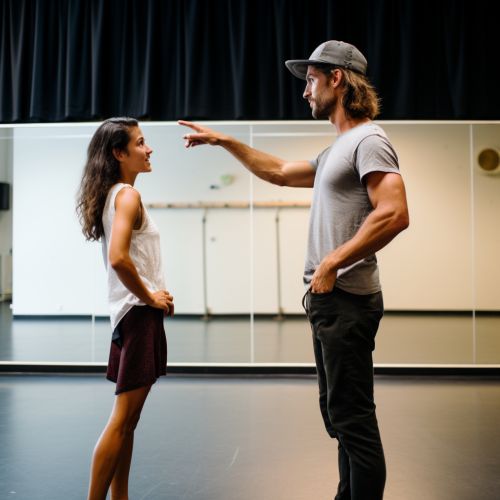

Analytical Studies
Analytical studies involve researchers analyzing completed dance pieces to identify patterns and structures that may reflect the choreographer's cognitive style. These studies can provide a more objective measure of cognitive style than observational or interview studies, as they are based on the final product of the choreographic process rather than the process itself.
Experimental Studies
Experimental studies involve researchers manipulating variables to test specific hypotheses about cognitive styles and dance choreography. For example, a study might compare the learning outcomes of dancers taught a choreography in a holistic versus an analytic manner.
Practical Applications
Understanding the role of cognitive styles in dance choreography can have several practical applications. For choreographers, it can provide insights into their own creative process and help them develop strategies to work more effectively with dancers of different cognitive styles. For dancers, it can help them understand their own learning preferences and develop strategies to learn choreography more efficiently. For dance educators, it can inform pedagogical approaches and curriculum design.
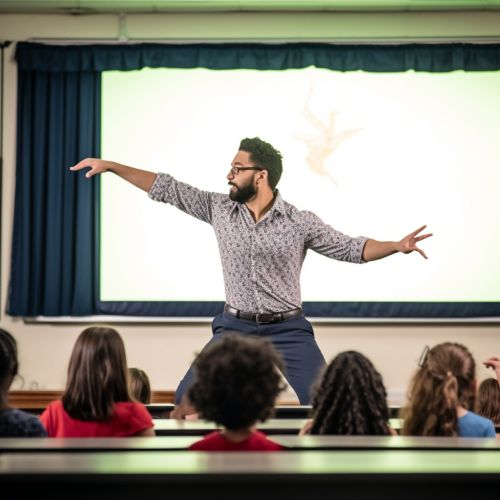
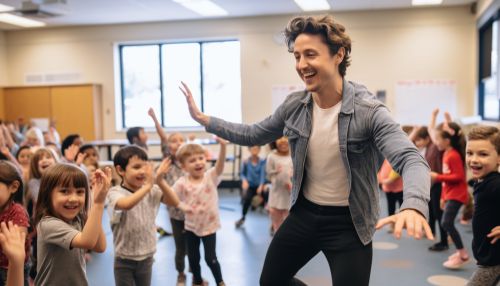
Conclusion
The science of human cognitive styles in dance choreography is a burgeoning field that offers valuable insights into the cognitive processes underlying dance creation and performance. By integrating theories and methods from cognitive psychology, neuroscience, and dance studies, this field promises to deepen our understanding of dance as a complex cognitive activity and to inform the practice of dance education and choreography.
